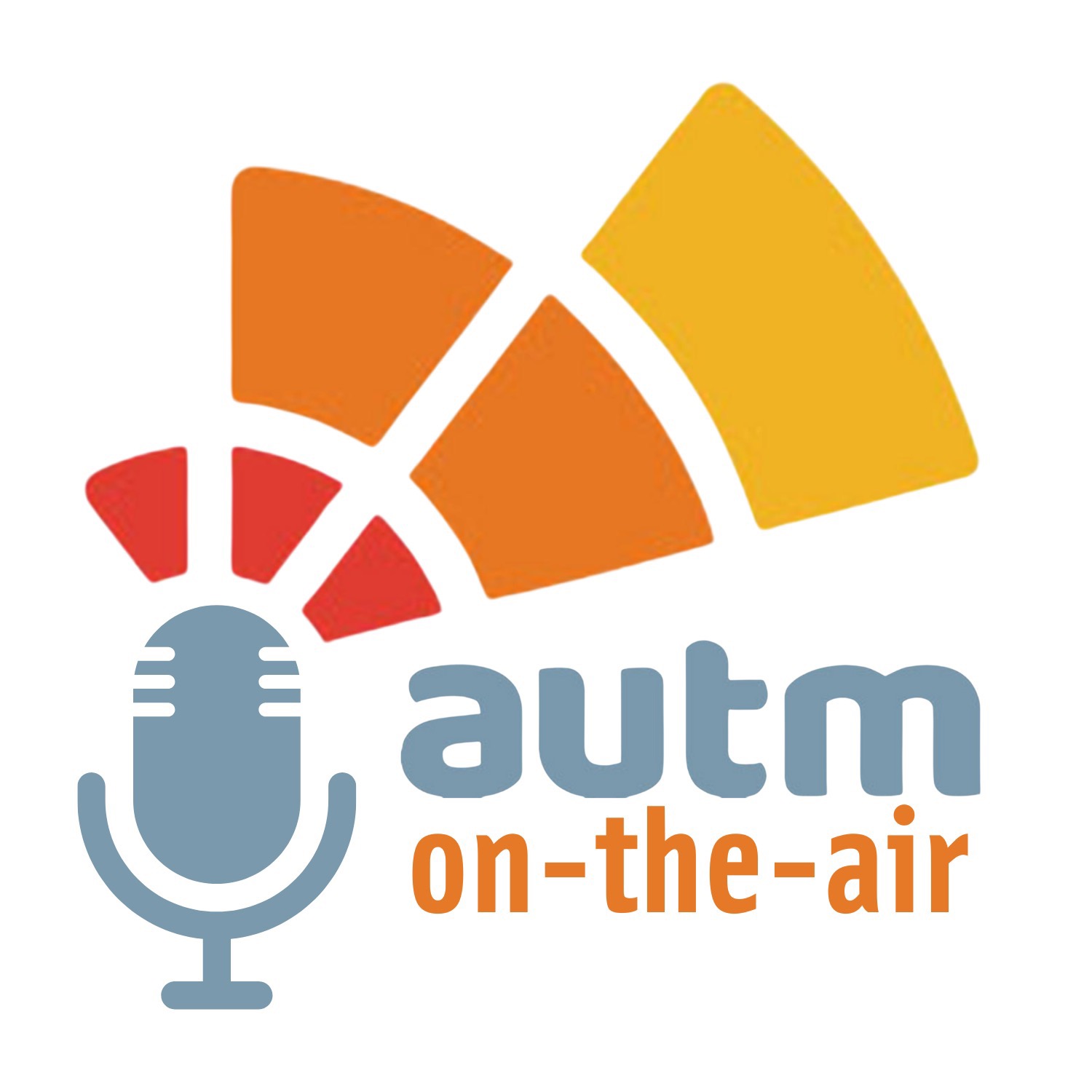Using The Power Of Innovation To Move From Invention To Commercialization with Joy Goswami
Description
Innovation is at the heart of both Tech Transfer and human progress. It's in our nature to seek better ways of implementing ideas, but historically, innovation hasn't always received the scholarly attention it deserves, despite technology being integral to our lives—think of the 250,000 patents in a single smartphone.
I’m thrilled to have Joy Goswami, Senior Director of Corporate Engagement at Johns Hopkins University, here to talk about the role of Technology Transfer in fostering innovation, distinguishing between invention and innovation, and exploring how tech transfer professionals categorize, assess, and commercialize new inventions.
We'll discuss how the invention process begins with disclosure, followed by classification into sustaining, disruptive, and breakthrough technologies, among others. Disruptive innovations, in particular, create entirely new markets. We'll also touch on inspiring stories, like the invention of a glass keyboard for people with disabilities that became part of the iPhone, and a nurse's passion that led to a startup for wearable simulators.
As we look to the future, trends such as interdisciplinary research, entrepreneurship, and emerging technologies like AI, machine learning, cybersecurity, and biotechnology will shape the landscape of innovation. Join us to get an inside look into the power of innovation and the bright future of Tech Transfer.
In This Episode:
[02:10 ] Innovation is the cornerstone of what Tech Transfer professionals do. It's also the cornerstone of human development in general. It's our nature to seek new and improved ways of putting ideas into action.
[03:02 ] Innovation hasn't always received the scholarly focus that it deserves. Yet, technology is everywhere. There are 250,000 patents in our cell phone alone.
[05:02 ] Today we're going to talk about Technology Transfer in the role of innovation in Technology Transfer.
[05:16 ] The distinction between invention and innovation. Inventions are solutions to problems. Innovation is a commercially successful use of invention.
[06:22 ] The starting point is an invention disclosure.
[08:06 ] We chop up the invention disclosure in different segments and plug it into an assessment knowledge canvas.
[08:32 ] There are three broad categories to understanding innovation: understanding the innovation, the classification of the innovation, and additional details broken into 10 different subparts.
[09:32 ] We want to take the innovation from the point the inventor has given us to commercializing.
[10:14 ] Four kinds of patent protection including process, composition of matter, articles of manufacture, and machines.
[11:23 ] Classification also has four classes including sustaining, discontinuous, disruptive, and breakthrough technologies.
[12:16 ] Disruptive is critical, because it's the one that creates new markets.
[13:36 ] Tech Transfer professionals have a lot of responsibility with categorizing the Invention from the beginning and making sure that it has a value proposition.
[14:11 ] Crucial mindset for academic researchers to foster innovation. Academics are moving from doing the research and sharing knowledge to research that has an impact on society.
[17:35 ] There are translational researchers who love working in the translational space. They can be used as ambassadors to coach the next generation. Education about the process and benefits of tech transfer is crucial for innovation.
[19:32 ] Joy shares some personal experiences that highlight the power of mindset when it comes to innovation.
[21:19 ] The story of a keyboard developed on glass which was meant for people with disabilities. The inventors were able to sell the patent for this to Steve Jobs and it was integrated into the iPhone.
[23:03 ] The impact and passion that these inventors had led to success.
[24:28 ] A nurse who developed a wearable simulation device for training healthcare practitioners was so passionate that it became a startup called Avkin that makes wearable simulators.
[25:56 ] Johns Hopkins University is one of the oldest universities established in 1876. It was also one of the first universities to have research as a component. They now do $3.4 billion dollars of research. They get more than 400 disclosures a year.
[27:21 ] The Tasty Tape is a tape that holds a burrito together. It's simple and yet it was complicated. Hopkins also developed the targeted real-time early morning system or TREWS.
[28:41 ] Saccharin, rubber gloves used by surgeons, and the smart tissue autonomous robot STAR have been developed by Johns Hopkins.
[29:41 ] Exciting trends in academic transfer that boost innovation include integrated technology in the process. The world's getting smaller and everything's at a global scale.
[32:11 ] There's an increased focus of interdisciplinary research not just in the US but globally. Universities are also developing consortium models. There's also a growing emphasis on entrepreneurship and startup culture.
[35:07 ] Practical steps to create a culture that encourages and awards innovation amongst faculty and researchers. They need to be treated with a little TLC, because they do multi-functional work with education and research. We also need to continue to educate the faculty members.
[38:53 ] Emerging trends and technology shaping the future include AI and machine learning. Other emerging trends include cybersecurity, biotechnology, genomic space, and personalized medicine, and CRISPR technology.
[40:23 ] 3D printing, electronics, healthcare, energy manufacturing and data science are also sectors to watch.
[41:24 ] Things are going to become more complicated and sophisticated as we move forward.
Resources:
Joy Goswami, Senior Director of Corporate Engagement at Johns Hopkins University
Partners in Discovery: Unlocking the Potential of Research Collaborations With Gaylene Anderson





